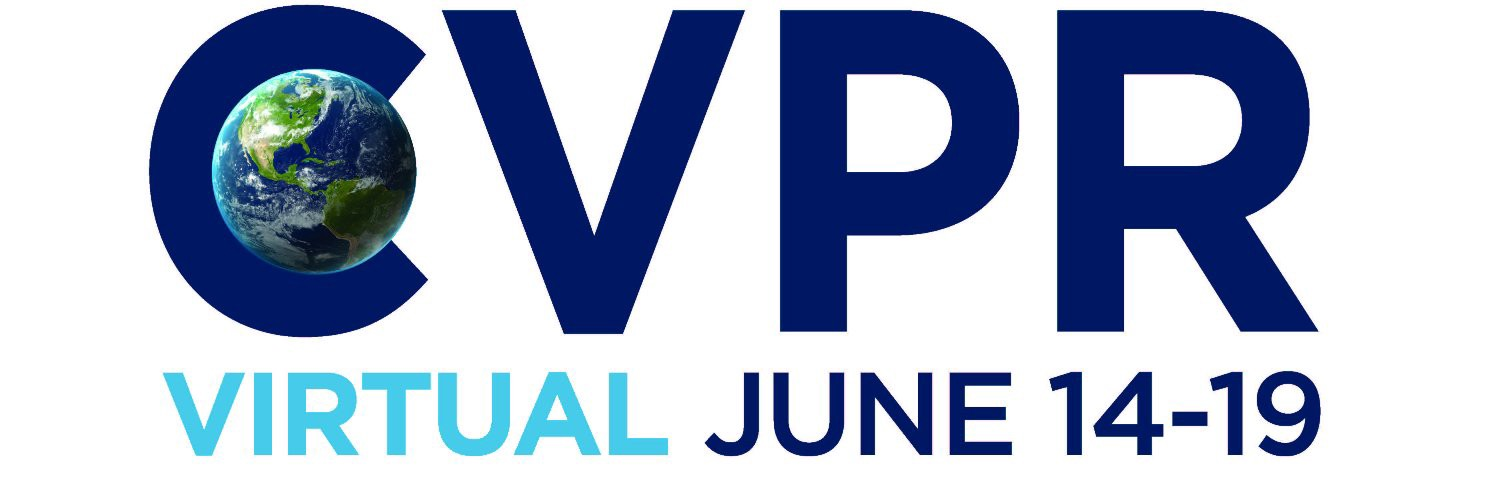Abstract:
Consider end-to-end training of a multi-modal vs. a uni-modal network on a task with multiple input modalities: the multi-modal network receives more information, so it should match or outperform its uni-modal counterpart. In our experiments, however, we observe the opposite: the best uni-modal network can outperform the multi-modal network. This observation is consistent across different combinations of modalities and on different tasks and benchmarks for video classifications. This paper identifies two main causes for this performance drop: first, multi-modal networks are often prone to overfitting due to increased capacity. Second, different modalities overfit and generalize at different rates, so training them jointly with a single optimization strategy is sub-optimal. We address these two problems with a technique we call Gradient-Blending, which computes an optimal blending of modalities based on their overfitting behaviors. We demonstrate that Gradient Blending outperforms widely-used baselines for avoiding overfitting and achieves state-of-the-art accuracy on various tasks including human action recognition, ego-centric action recognition, and acoustic event detection.

